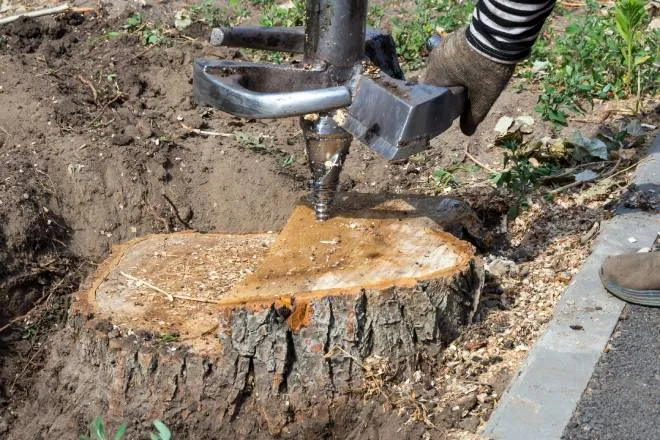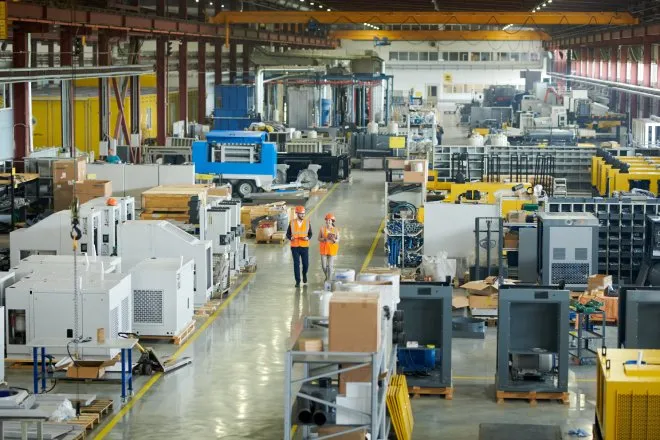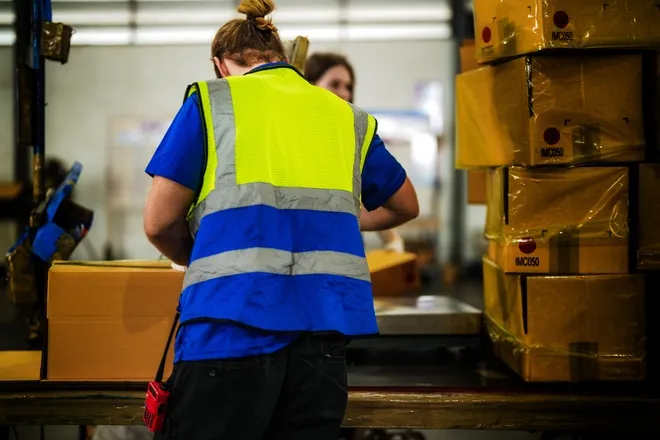
Types of steel you should know for construction
©
Understanding the different types of steel used in construction is crucial for selecting the right material for your project. Each type of steel offers unique properties that make it suitable for specific applications. Here are four types of steel you should know for construction.
Structural steel
Structural steel is a key material in construction, known for its strength and versatility. Construction workers use it to create the skeleton of buildings, bridges, and other infrastructure. The high strength-to-weight ratio of structural steel allows it to support heavy loads without adding excessive weight to the structure. This type of steel is typically in beams, columns, and girders. Structural steel is also highly durable and can withstand harsh environmental conditions, making it a preferred choice for many construction projects.
Rebar steel
Rebar steel, short for reinforcing bar, reinforces concrete and masonry structures. This type of steel is in concrete to enhance its tensile strength, as concrete alone is weak in tension but strong in compression. Rebar steel comes in various grades and sizes, each offering different levels of strength and flexibility. The ridged surface of the rebar helps it bond with concrete, providing additional support and stability. Using rebar steel in construction ensures that structures can withstand significant stress and load over time.
Stainless steel
Stainless steel is key in construction for its corrosion resistance and aesthetic appeal. This type of steel contains chromium, which forms a protective layer that prevents rust and corrosion. Stainless steel is common in areas exposed to moisture and harsh weather conditions, such as coastal structures, bridges, and high-rise buildings. In addition to its durability, stainless steel offers a sleek, modern look, making it a popular choice for architectural elements like facades, railings, and fixtures. Its low maintenance requirements and long lifespan make it a cost-effective option in the long run.
ASTM A36 vs. A572 steel
When comparing ASTM A36 and A572 steel, it helps to understand their distinct properties and applications. ASTM A36 steel is a standard carbon steel known for its good weldability and machinability, making it suitable for a wide range of construction uses, such as in beams, channels, and plates. On the other hand, ASTM A572 steel is a high-strength, low-alloy steel that offers greater strength and resistance to atmospheric corrosion. This makes A572 ideal for structural applications that require increased durability and load-bearing capacity. Understanding the differences between these two types of steel can help you choose the best material for your specific construction needs.
Now that you know the types of steel you should be familiar with for construction, you can make more informed decisions for your projects. By understanding these differences, you can ensure the structural integrity, durability, and overall success of your construction projects.

















